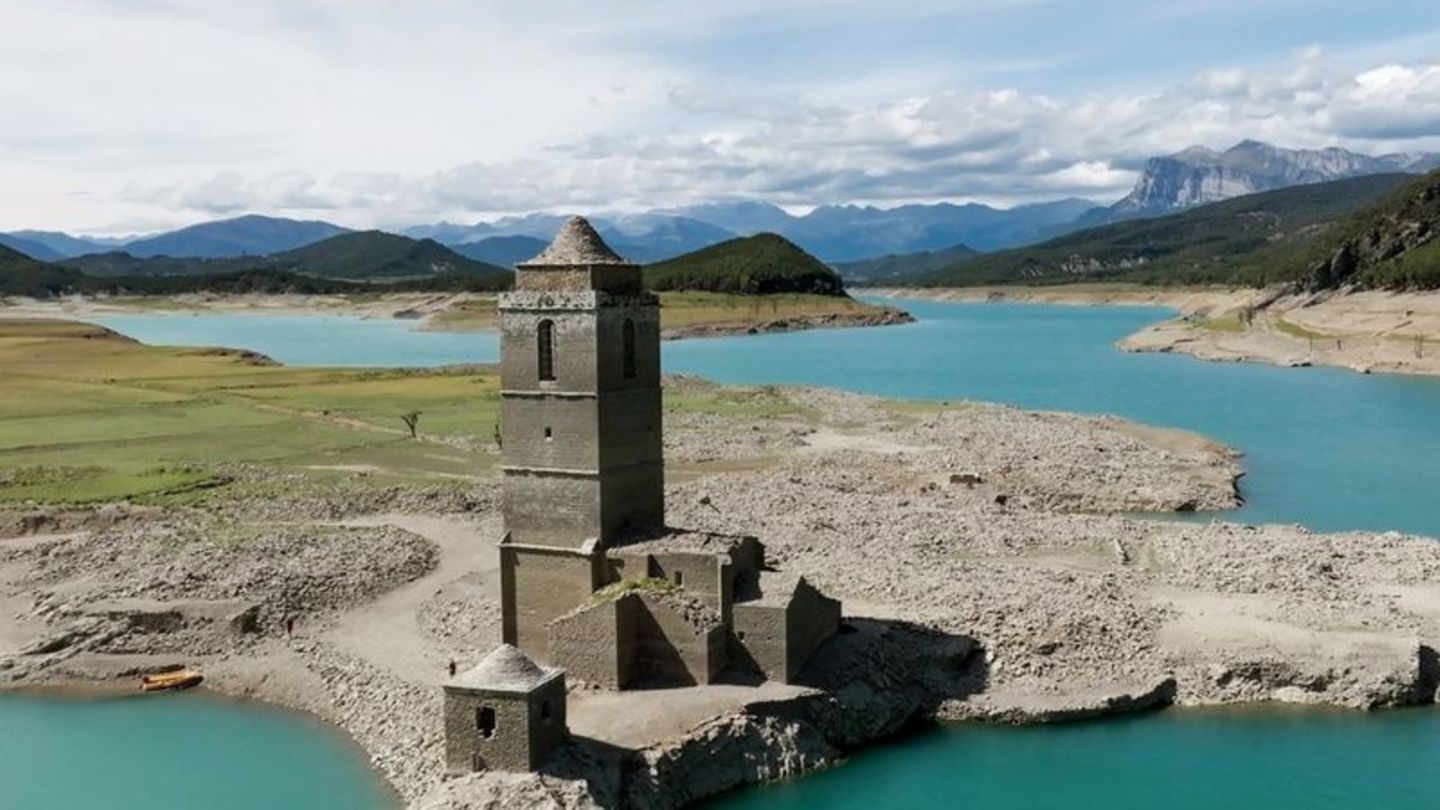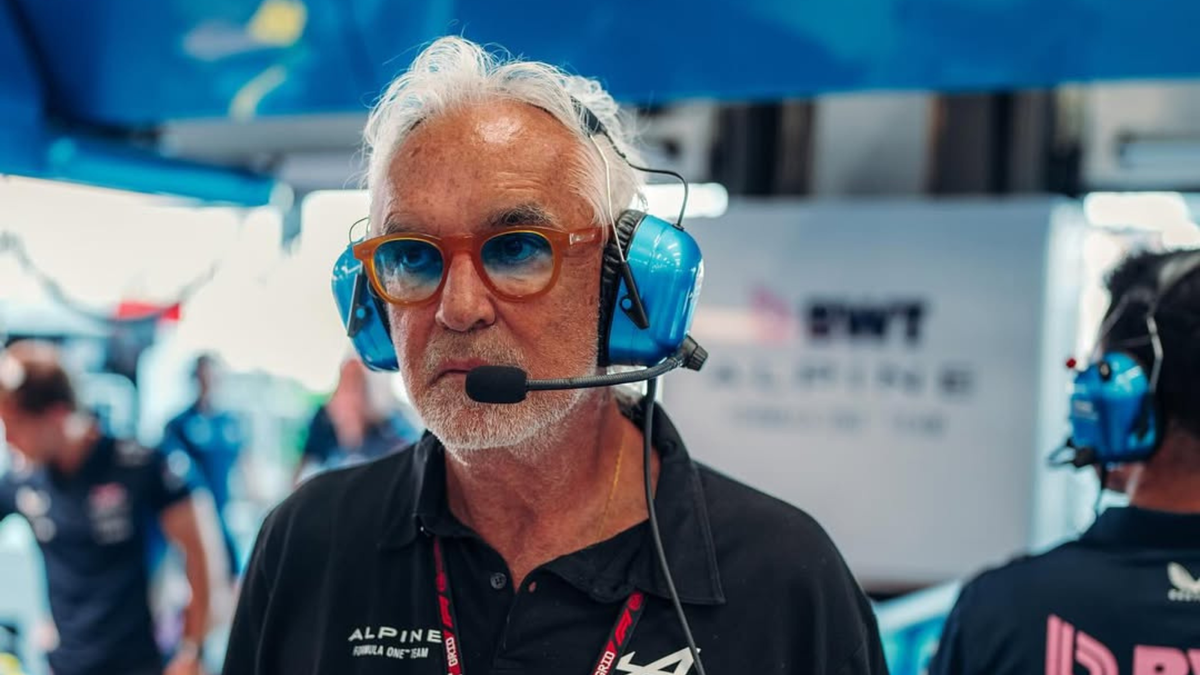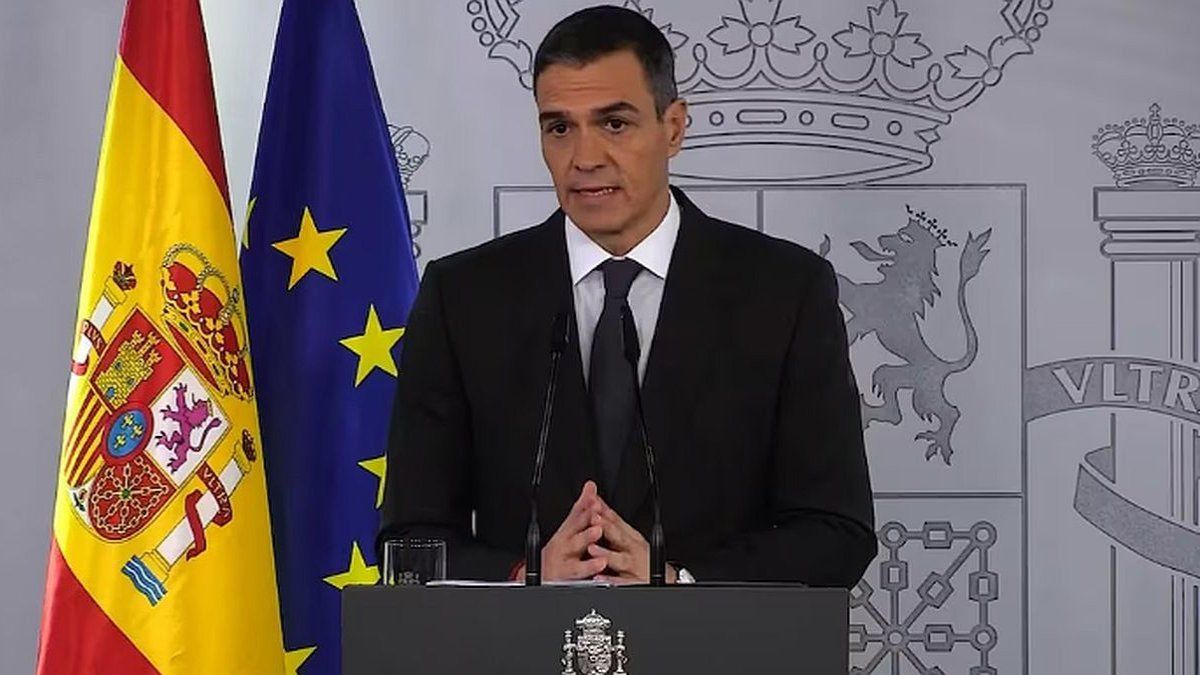Overuse, climate change, pollution: Are there ways out of the water crisis? And who is to blame for entire rivers drying up? A search for clues.
The problem can be expressed well by comparing three figures. Globally, water use is divided as follows: 10 percent is used by private households, 20 percent by industry and 70 percent by agriculture.
Agriculture is “therefore also primarily responsible for the global water crisis.” This is how documentary filmmakers Manuel Daubenberger and Felix Meschede sum up the message of their film “Where the rivers disappear” after just a few moments. It will be broadcast on Tuesday (July 9) at 8:15 p.m. on Arte.
Water is scarce, but global demand is increasing exponentially. We speak of “extreme water stress” when a region uses more than 40 percent of the water available through precipitation or rivers. More than a quarter of the agricultural land is now in water-stressed regions, as described.
Some local planners try to mitigate the consequences – and sometimes achieve the opposite. Take Egypt, for example: The government has had concrete canals dug in the Nile Delta so that water can reach the settlements and fields with as little loss as possible. Journalist Nada Arafat describes the negative consequences: “The soil is no longer washed out. This is why the salt content is increasing. In addition, the groundwater level is falling because the water can no longer penetrate the soil.”
Farmer Mohamed el-Gogary is a potato farmer in Egypt. “Of course I’m worried. We are an agricultural country,” he says. “Every day we hear about water problems, droughts and water crises in other countries. We are suffering from problems with irrigation and a decrease in rainfall. All of this should worry us very much.”
Along six rivers on four continents, the documentary examines why the vital resource of water is becoming increasingly scarce and who is responsible for this. A large proportion of freshwater consumption, for example, goes into the production of animal feed. Excessive meat consumption is therefore partly responsible for the drying up of mighty rivers such as the Spanish Ebro or the Colorado in the USA and Mexico. Meanwhile, large agricultural companies are making billions from this.
The overuse of water is often accompanied by the pollution of this vital resource. Europe has outsourced its dirtiest industries to countries like India. The documentary calculates that around 20 percent of global water pollution is caused by the textile industry. The film provides rare insights into Indian factories and life along their wastewater.
But the Arte documentary doesn’t just highlight problems, the makers also meet people with solutions: In France, dams are being torn down to revive rivers, in an Egyptian oasis the residents are experimenting with hydrophonics, i.e. farming in water, without soil. And in India, the so-called waterman is using a technique that is thousands of years old to get rivers flowing again in the middle of the desert that have dried up for decades. Signs of hope.
Source: Stern
I am an author and journalist who has worked in the entertainment industry for over a decade. I currently work as a news editor at a major news website, and my focus is on covering the latest trends in entertainment. I also write occasional pieces for other outlets, and have authored two books about the entertainment industry.




